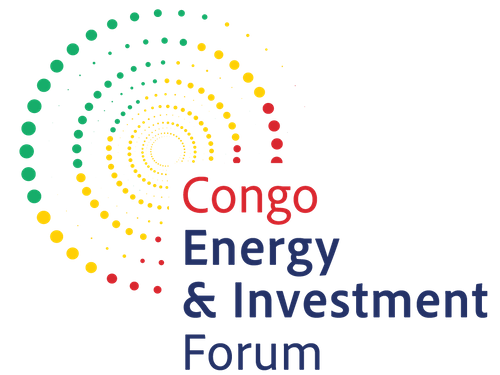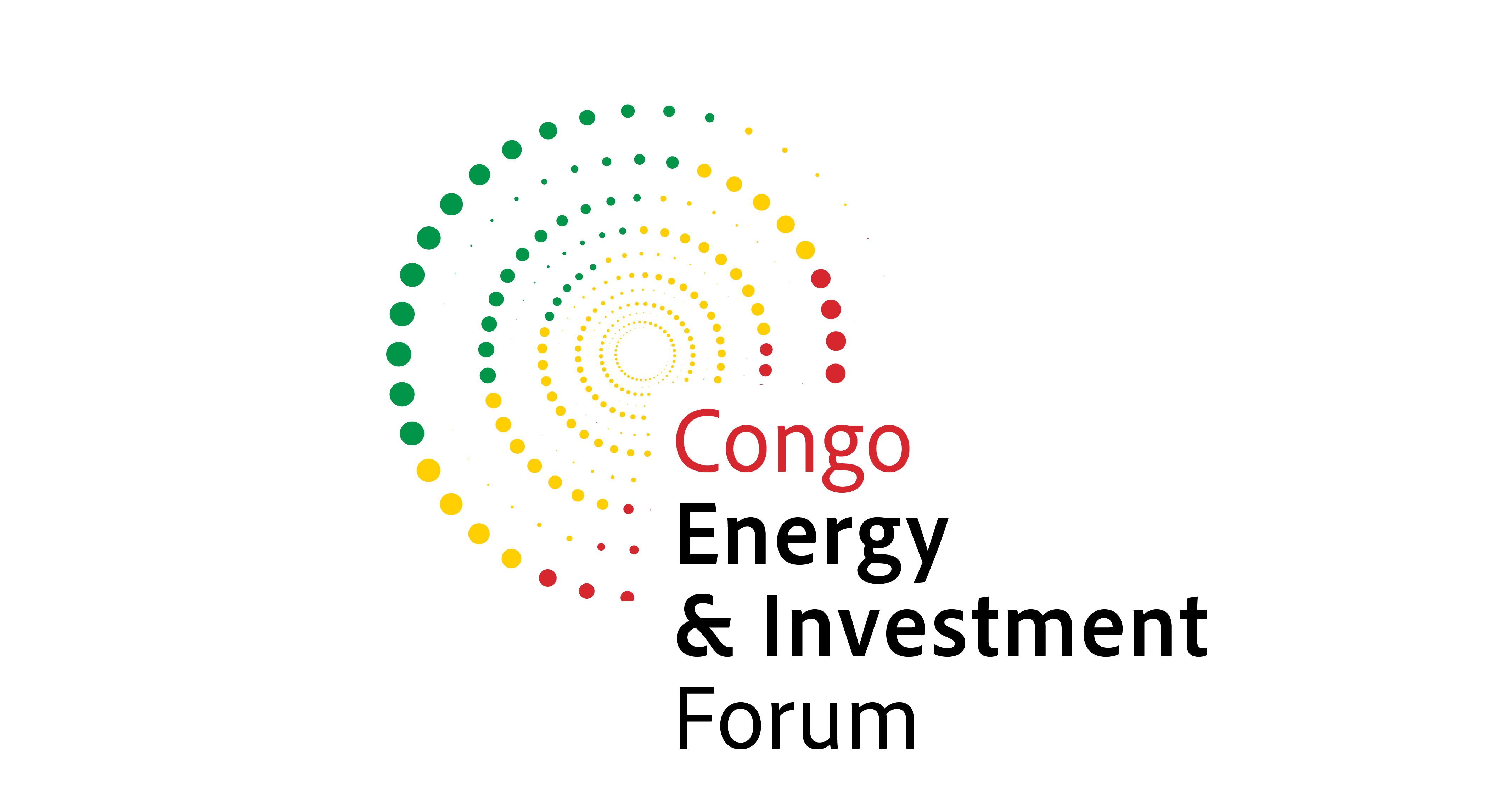Golar LNG Eyes LNG Developments, Offshore Potential in Central Africa
)
In line with these efforts, Energy Capital & Power interviewed Gregory Goldberg, Senior Vice President – Commercial of Golar LNG, to discuss the company’s current activities and future vision for LNG developments in Africa.
Golar LNG has identified Africa as a key growth region, with ongoing projects in Senegal/Mauritania and Cameroon. Can you share insights into your activities in these markets and your long-term vision for LNG development in Africa?
Africa is a strategic growth region for Golar LNG, with ongoing projects in Cameroon and Senegal/Mauritania. In Cameroon, our Hilli FLNG unit has demonstrated the viability of floating LNG solutions, providing a cost-effective and flexible approach to gas monetization. In Senegal/Mauritania, our involvement in the Greater Tortue Ahmeyim (GTA) project aligns with our strategy of enabling LNG production in resource-rich but infrastructure-limited regions. Our long-term vision includes expanding FLNG solutions across Africa, supporting countries in harnessing their natural gas resources while contributing to energy security and economic growth. Golar is today the largest owner of FLNG capacity globally and the only proven provider of FLNG as a service.
We see strong opportunities not only in West Africa but also in East and Southern Africa, making the continent a key pillar of our long-term vision.
What makes the Congolese market attractive for Golar LNG?
Congo’s rapidly expanding energy sector presents a compelling investment case. The launch of LNG exports in 2024 and ambitious crude production targets highlight the country’s commitment to becoming a regional energy hub. Key factors making Congo attractive for Golar LNG include abundant gas reserves, a growing focus on LNG development, government support for energy projects, and the potential for FLNG solutions to accelerate production. These factors align well with our business model, making Congo a market of interest for future investment.
We believe that through partnerships with existing international operators, Golar LNG can contribute to the country’s vision by providing additional FLNG solutions, strengthening Congo’s position in the global gas market. Already, Congo has demonstrated its ability to lift FLNG projects – one currently in operation and a second one under construction – making it attractive to Golar LNG.
Perenco has been a key partner for Golar LNG in Cameroon. How has this partnership evolved, and do you foresee further collaboration in Cameroon or beyond?
Perenco is our first-ever FLNG partner, and together we have delivered more than 129 cargoes, or more than 8.9 million tons of LNG production since start-up in 2018 with 100% economic uptime. Perenco, along with Cameroon’s National Hydrocarbons Corporation, is the licensed operator of the Sanaga Sud field where the FLNG Hilli operates. Our role is to process and liquefy their natural gas, making it ready for export to international markets. This collaboration has been a major success, and our relationship with Perenco remains strong. During 2024 Perenco also invested in publicly traded shares in Golar, and is today our largest shareholder with an equity stake of around 10%. We see additional potential opportunities not only in Cameroon but also across West Africa, where Perenco has been highly successful in oil and gas field developments.
What were your key objectives at the Congo Energy & Investment Forum?
I was excited to represent Golar LNG at this conference. The conference provided a great opportunity to engage with industry leaders from both the private and public sectors. We showcased the benefits of FLNG as a scalable, cost-effective and rapid solution for gas monetization. We seek to explore new market opportunities, engage in policy discussions on the future of LNG in Congo and throughout the continent. Additionally, we are currently converting another LNG carrier into an FLNG vessel in China, set for delivery in late 2027. This unit is available for contract, and we aim to deploy it in early 2028, reinforcing the role of FLNG in accelerating gas developments. Additionally, we have an option to convert another LNG carrier into an FLNG for delivery at the end of 2028. We look forward to strengthening partnerships and advancing Africa’s LNG sector.


